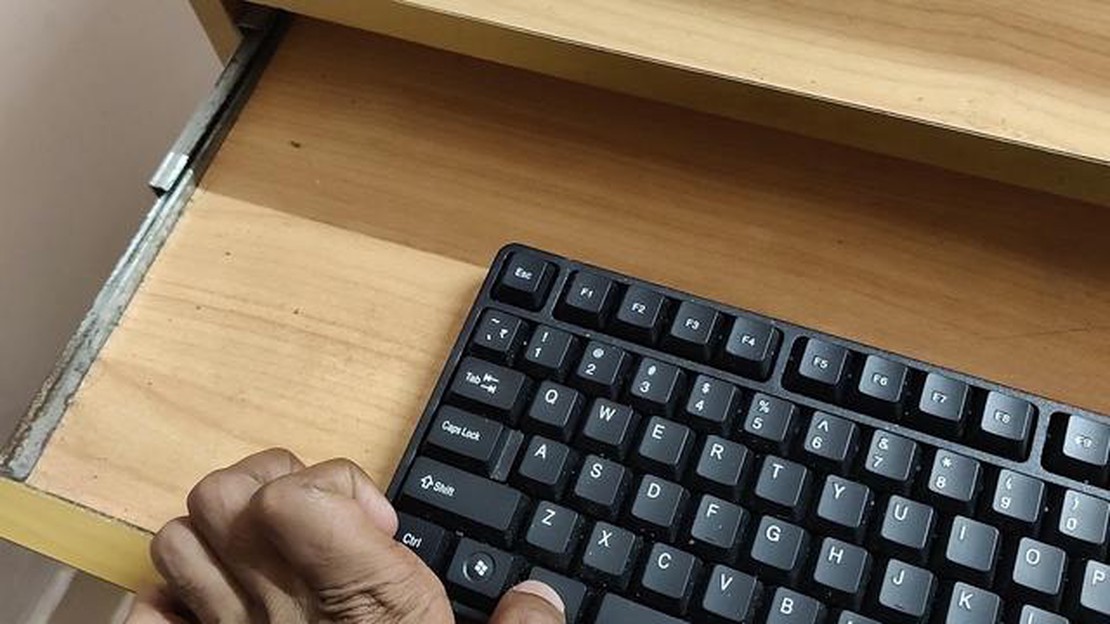AT&T Customers Receive 15GB of Complimentary Hotspot Data
AT&T Giving Its Customers 15GB of Free Hotspot Data AT&T has announced that its customers will receive 15GB of complimentary hotspot data to help stay …
Read Article
The approximate equality symbol (≈) is an important mathematical symbol that is used to indicate approximate equality. In some cases, especially in computer programs or web pages, you may need to insert this symbol. If you are on a Windows or Mac operating system, there are several ways to add the approximated equality symbol.
On Windows, you can use a variety of ways to insert the ≈ symbol. One of the easiest ways is to use a combination of the Alt key and the symbol code. For example, if you hold down the Alt key and type the character code 8776 on the numeric keypad, the ≈ symbol appears on your page or typed text. Another way is to use character tagging and HTML coding. For example, in HTML code, the character ≈ can be represented as ≈. Both of these methods can be used on Windows to add an equal symbol with an approximation.
On a Mac, you can use the Option key and keyboard characters to insert the ≈ symbol. For example, if you press and hold the Option key and press the key along with at least a keyboard character, the ≈ symbol will appear in your text. You can also use the Mac’s character tent to insert the ≈ symbol. Invoke the character tent by pressing Command + Control + Space, then find the ≈ symbol and click it to insert it into your text or page.
Adding an equal symbol with an approximation on Windows and Mac can be useful for a variety of tasks. Whether you use keyboard shortcuts, HTML coding, or character tenting, you can add the ≈ symbol to your text or web page without any problems.
The equals symbol with an approximately equal sign (≈) can be useful when writing mathematical formulas, describing technical values, or in other situations where you want to indicate approximate equality between two values. Here are a few ways to add the equal symbol ≈ on Windows and Mac:
On Windows, you can add an equal symbol ≈ using a symbol code or from the symbol table.
On a Mac, you can add an equal symbol ≈ using special keys or from the symbol table.
Now you know how to add the equal symbol ≈ on Windows and Mac and can use it in your text or math documents.
Having the right keyboard language on your computer is essential for a comfortable experience. To install a keyboard language on Windows, you need to follow these steps:
Read Also: How to Fix 'Aw Snap! Something Went Wrong' Error in Google Chrome
You now have a keyboard language on your computer that you can use to type in the language you want. You can use the “Alt+Shift” key combination to switch between keyboard languages.
Please note that during the process of installing a new keyboard language, you may need to connect to the Internet to download additional files.
If you need to remove any installed keyboard language, you can go back to the “Language and Region” section in the “Control Panel” and select the desired language in the list, then click on the “Remove” button.
Thus, installing a keyboard language on Windows is quite simple and allows you to work with text in different languages without the need to purchase additional programs or devices.
On Windows computers, you can use keyboard shortcuts to quickly and easily access characters, including the equal ≈ symbols. Here are a few ways to add the equal ≈ symbol on Windows:
Choose the most convenient way for you to add the equal symbol ≈ on Windows and use it in your text editors, web pages and games!
Read Also: Samsung Galaxy Note 9 Error: Unfortunately, Camera has stopped - Troubleshooting Guide
You can use keyboard shortcuts to add the equal symbol ≈ on Mac.
If you have an older Mac keyboard, you can use the following keyboard shortcut:
If you have a new Mac keyboard, you can use the following key combination:
After performing these steps, you should see the equal symbol ≈ appear on your screen.
If you have trouble adding the equal symbol on your Mac, try using the symbol table to find the symbol you need and copy it.
| Symbol | Symbol code |
|---|---|
| ≈ |
This was an example of how you can add the equality symbol ≈ on a Mac. I hope this information was helpful for you!
AT&T Giving Its Customers 15GB of Free Hotspot Data AT&T has announced that its customers will receive 15GB of complimentary hotspot data to help stay …
Read ArticleHow To Fix Elden Ring Multiplayer Not Working | Easy Solutions 2023 Elden Ring, the highly anticipated action role-playing game developed by …
Read ArticleBest proven ways to convert pdf documents to words Today, PDF and Word are the most common document formats used in many businesses. However, it is …
Read ArticleHow to fix Samsung Galaxy Note 2 that won’t turn on (Troubleshooting Guide) If you own a Samsung Galaxy Note 2 that refuses to turn on, it can be …
Read ArticleHow To Add A Contact To Speed Dial Number In Samsung Galaxy Speed dialing is a useful feature on Samsung Galaxy phones that allows you to quickly call …
Read ArticleTop 14 best game video editing tools for gamers in 2023. In today’s gaming world, more and more people want to share their gaming achievements with …
Read Article